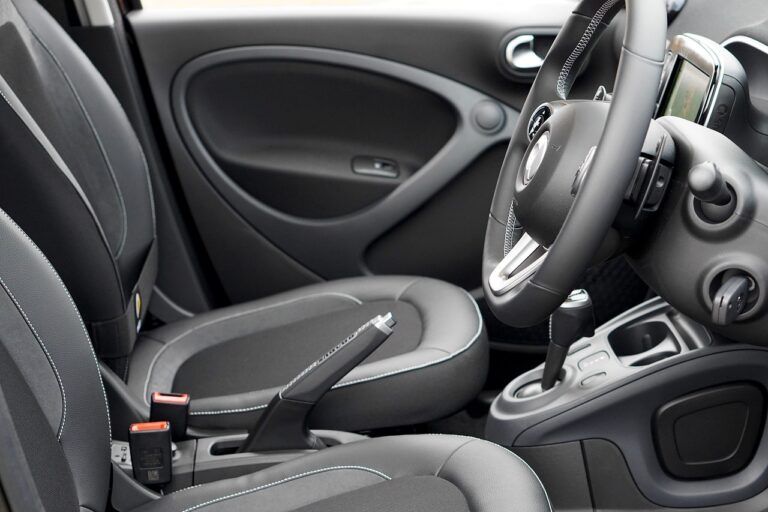The Role of Brain-Computer Interface in Future Car Interactions
Over the past century, automobile technology has advanced at an unprecedented rate. Early vehicles were simple machines with basic functionalities, but as the years progressed, innovations were introduced that revolutionized the way we think about transportation. The introduction of electric starters, automatic transmissions, and power steering systems marked significant milestones in the evolution of car technology.
Furthermore, the development of safety features such as seat belts, airbags, and anti-lock braking systems have made vehicles safer for drivers and passengers alike. In recent years, advancements in artificial intelligence and connectivity have led to the emergence of self-driving cars, paving the way for a future where autonomous vehicles may become the norm rather than the exception.
Understanding Brain-Computer Interface Technology
Brain-computer interface (BCI) technology is a cutting-edge innovation that enables direct communication between the human brain and external devices. Through the use of advanced sensors and signal processing algorithms, BCIs can interpret neural activity and translate it into commands that control computers or other systems. This revolutionary technology has the capability to transform the way we interact with our surroundings by offering a seamless and intuitive interface for various applications.
One key advantage of BCI technology is its potential to enhance accessibility and usability for individuals with physical disabilities. By bypassing traditional input methods such as keyboards or touchscreens, BCIs offer a direct pathway for users to interact with technology using only their thoughts. This opens up new possibilities for individuals with limited mobility or communication abilities, empowering them to navigate digital interfaces and control devices with unprecedented ease and independence.
Advantages of Implementing Brain-Computer Interface in Cars
Brain-computer interface technology holds immense potential for revolutionizing the way we interact with vehicles. By seamlessly integrating our brain signals with car functionalities, this innovative technology can enhance the overall driving experience. With a simple thought, drivers can activate various functions in their cars, making the driving process more convenient and intuitive.
Moreover, implementing brain-computer interface in cars can significantly improve safety on the roads. By allowing drivers to control essential features without taking their hands off the wheel or eyes off the road, this technology minimizes distractions and enhances focus while driving. This hands-free approach can lead to fewer accidents and a safer driving environment for everyone on the road.
What is the main advantage of implementing Brain-Computer Interface in cars?
The main advantage is the potential to improve road safety by allowing drivers to control certain functions without taking their hands off the wheel or eyes off the road.
How does Brain-Computer Interface technology work in cars?
Brain-Computer Interface technology in cars uses sensors to detect brain activity and translate it into commands that can control various vehicle functions.
Will implementing Brain-Computer Interface in cars make driving easier?
Yes, implementing Brain-Computer Interface in cars can make driving easier by providing a more intuitive and seamless way to interact with the vehicle’s systems.
Are there any privacy concerns with implementing Brain-Computer Interface in cars?
There may be privacy concerns related to the collection and use of brain activity data, but steps can be taken to ensure that this data is kept secure and used responsibly.
What are some potential future applications of Brain-Computer Interface in cars?
Some potential future applications include personalized driving experiences, enhanced driver assistance systems, and improved vehicle security measures.





